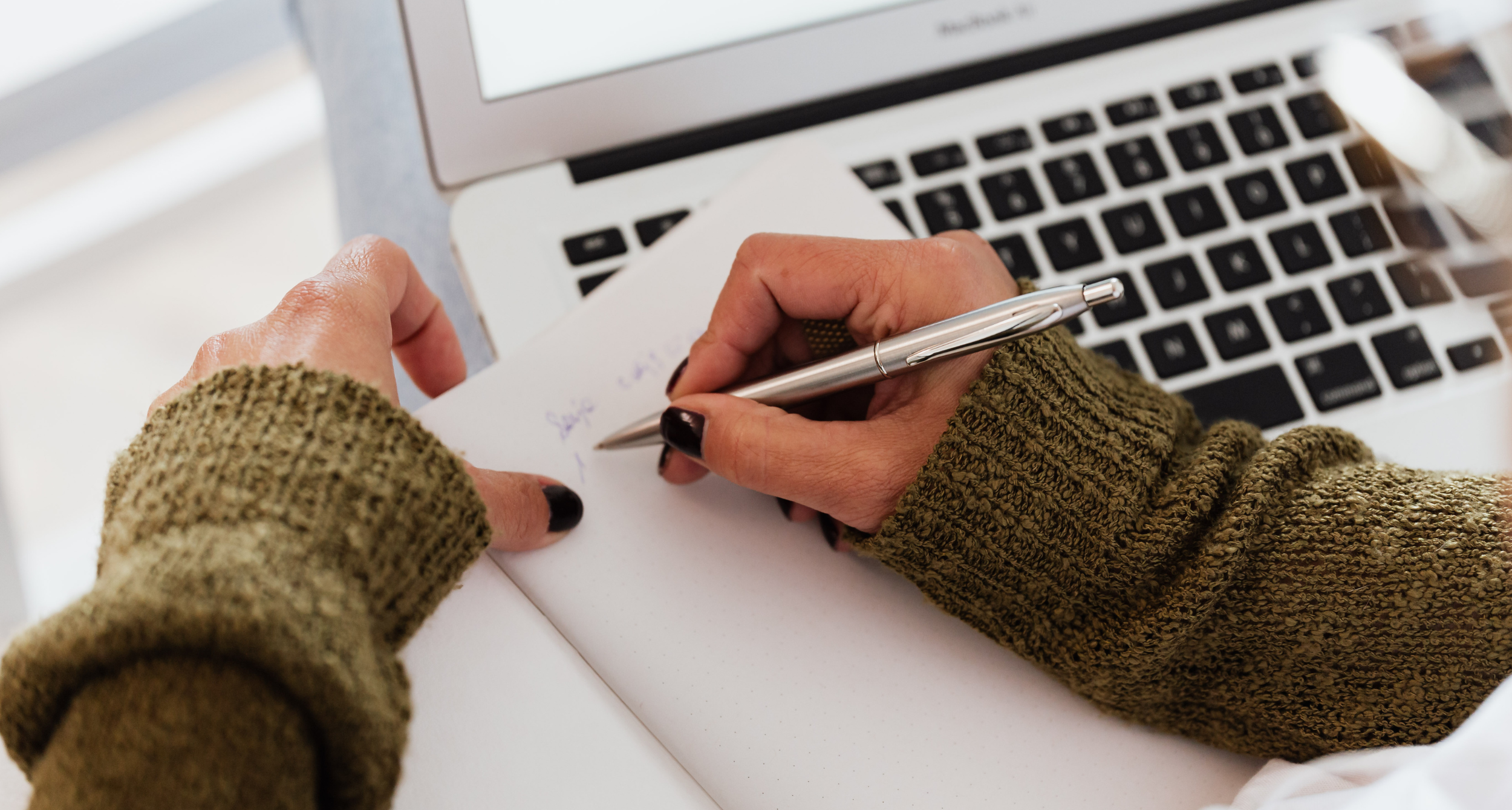The Pros and Cons of Crowdfunding for Nonprofits
What is crowdfunding?
Crowdfunding is raising money online from various people, using social engagement to fund a project for your organization. It is a great tool for nonprofits as it allows them to reach people who prefer to interact digitally, and allows organizations to reach a broader group of potential donors than they might in person.
While crowdfunding can be an effective way to raise money for your organization, there are both pros and cons to using crowdfunding. Here we will outline some of the advantages and disadvantages of using crowdfunding to fundraise for your organization.
Benefits of crowdfunding
Reach a large and diverse audience. Not only can your organization raise awareness for your cause in your local community, but those who are unfamiliar with your cause.
Technology allows for low cost and easy setup. There are many crowdfunding platforms that nonprofits can choose from, with some being free, while others charge a fee to use their platform. Also, there are options that allow your organization to decide the type of campaign, and easily allow you to spread the word with supporters while providing a secure method to receive donations.
Testing new ideas and getting feedback. Crowdfunding allows you to test your messaging and get immediate feedback to see how it resonates with donors. Furthermore, it allows you to immediately know what your donors care about and what they are willing to support.
Attracting younger donors. Younger generations have supported crowdfunding as a method for raising money for organizations. As they regularly share and consume digital content, seeing their peers getting involved in a campaign gets younger donors excited to participate as well.
Cons of crowdfunding
Time to develop campaign material. Even though technology can help make setting up your campaign easier, your organization still needs time to develop materials and content for your campaign. Whether that is your campaign messaging, video, stories and testimonials from those in the community,
Setting realistic and achievable goals. There are many organizations who manage very successful campaigns raising millions of dollars for their communities. However, your organization needs to be able to manage expectations and develop a realistic campaign goal. By using your own data and examining the historical giving of your donors you can determine a goal that is ambitious but still achievable.
Not having a plan to steward donors. Your campaign may generate a significant number of donations and you may get many new donors in the process. However, you need a plan to steward your donors which helps build relationships. This involves continuing to communicate your progress and engaging donors after you have received their gift which can help convert donors' emotional response into future gifts. Consider how you will keep in touch with these donors and how often, and will your team manage these new supporters expectations so that you can turn one-time donors into long-time donors.
Competition with other organizations. In Canada alone there are over 170,000 charities and nonprofits that support a worthy and important cause. To stand out from the crowd your nonprofit should develop very specific and compelling messaging about your organization and the good it brings to the community. You will also need to dedicate time to update the progress of the campaign, and to engage with your followers.
Crowdfunding can be a very successful endeavour for your organization. However, with any type of campaign it will require planning and commitment from your entire team.
Crowdfunding can enhance your organization's growth, but only with the right strategy. Don't let the lack of a plan stop you from finding donors. Check out our Finding Donors Assessment tailored specifically for small nonprofits.




